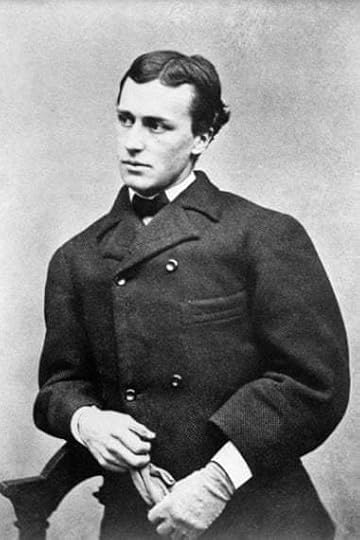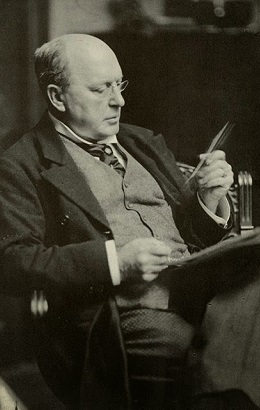What do you think?
Rate this book


352 pages, Paperback
First published January 1, 1878
Fortunately not. How can it be so??


But featured somewhere in the second of these 'tales' (- Madame de Mauves) is a dialogue about some Frenchie who says, 'reading Wordsworth is like holding your head over a bowl of cabbage soup'; and for the most part, I had a similar reaction to this particular story. It's about a young man getting strangely attracted to a married woman; a married woman who's unhappy, who's stern, who's putting conventional boundaries onto herself, and....yes, many things in the same vein; it's not entertaining, but I can say this: the second half rounds it off deliciously. That story's what I'd call "mesmeric", but a bit boring.
But the final two deliver the massive blow that leaves you....a bit unnerved. More than any others, these are what may be called 'exercises' in a short-story. That is, you can SEE clearly that after a long, experienced, innovative- even a very experimental career- now he knows how to deliver his stories like a performer. Even so, "Europe", the penultimate one, is filled to the brim with complicated sentences, almost never-ending in difficulty, and yes, VERY unfriendly to the reader.

At his best, James can be seen in Daisy Miller, which you read so fast and so delightfully that you don't know how quick it ends; but at his worst, he's tedious, which I suppose he became in the 1899 story. Are these stories very enjoyable, like...do they stay with you forever? Not sure, (since I've just finished 'em); but it can be answered in an analogy.
